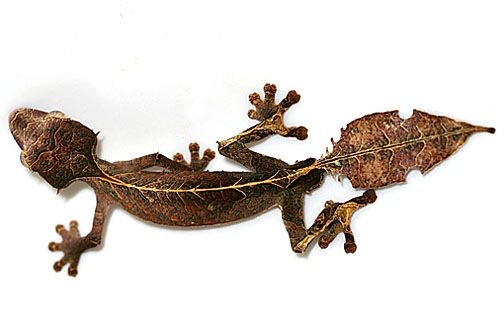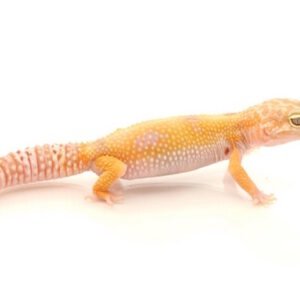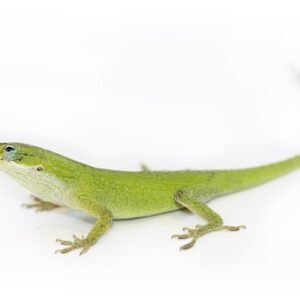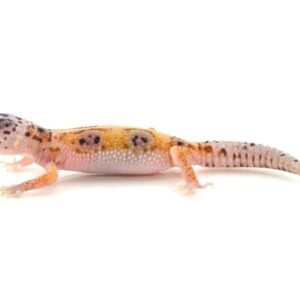Understanding the Satanic Leaf-Tailed Gecko: An Exotic Pet Overview
The Satanic Leaf-Tailed Gecko, known scientifically as Uroplatus phantasticus, is a remarkable species that captivates herpetology enthusiasts and casual pet owners alike. Native to the lush rainforests of Madagascar, this exotic gecko exhibits an extraordinary level of adaptation to its environment. Its primary habitat consists of dense foliage where it can effectively employ its unique camouflage to evade predators. The gecko’s wide, flat body and tail are shaped and colored to resemble dead leaves, a feature that serves as a masterful survival tactic in the wild.
In terms of physical characteristics, the Satanic Leaf-Tailed Gecko showcases an array of hues, from shades of brown to deep greens, all contributing to its remarkable ability to blend into its surroundings seamlessly. These geckos can reach lengths of up to 4 inches, showcasing intricate patterns on their skin that further enhance their disguise. Behavioral traits of this species include a nocturnal nature, as they are primarily active during the night when they hunt for food such as insects and small invertebrates. Their behavior emphasizes the significance of understanding their needs and characteristics as pets.
Prospective owners should also be aware of the legal and ethical considerations associated with keeping the Satanic Leaf-Tailed Gecko. Due to its status as an exotic species, it is crucial to source these geckos responsibly from reputable breeders rather than capturing them from the wild, which can threaten their population in Madagascar. Educating oneself about the care requirements, potential lifespan, and environmental needs of these geckos is necessary before bringing one into a home. Such awareness ensures that future owners can provide an appropriate habitat and make informed decisions regarding their care, thereby promoting responsible pet ownership.
Caring for Your Satanic Leaf-Tailed Gecko: Habitat and Maintenance
Providing an appropriate habitat is crucial for the well-being of your Satanic Leaf-Tailed Gecko. A properly set up terrarium not only promotes health but also allows these unique reptiles to exhibit natural behaviors. A well-sized enclosure measuring at least 20 gallons is recommended for one gecko, with vertical space being particularly important due to their climbing nature. Incorporating a secure lid is essential to prevent escapes, as these geckos can be quite agile.
The temperature within the terrarium should maintain a gradient, ranging from 75 to 80 degrees Fahrenheit on the cooler side to 85 to 90 degrees Fahrenheit on the warmer side. Utilize a reliable thermometer to monitor these conditions accurately. Additionally, humidity levels should be consistently high, ideally between 60% and 80%; this can be achieved through regular misting and the use of a hygrometer. A water dish should also be provided to ensure hydration, while the substrate should retain moisture without becoming soggy. Coconut fiber, sphagnum moss, or a similar product is recommended to allow for natural burrowing behavior.
Decor plays a vital role in mimicking the gecko’s native forest surroundings. Including various branches, leaf litter, and hiding spots can create a stimulating environment. Plants, whether real or artificial, can also enhance the terrarium aesthetic while providing shade and security. Feeding a varied diet comprising insects such as crickets, roaches, and mealworms is essential. Supplements, including calcium and vitamin D3, should be sprinkled on their food to ensure adequate nutrition.
Remaining vigilant for any signs of health issues is key. Conditions such as dehydration or respiratory problems can arise if care is not taken. Regular maintenance, including cleaning the enclosure and monitoring humidity and temperature, supports a thriving habitat for your Satanic Leaf-Tailed Gecko, fostering a richer life experience for both the gecko and the owner.





